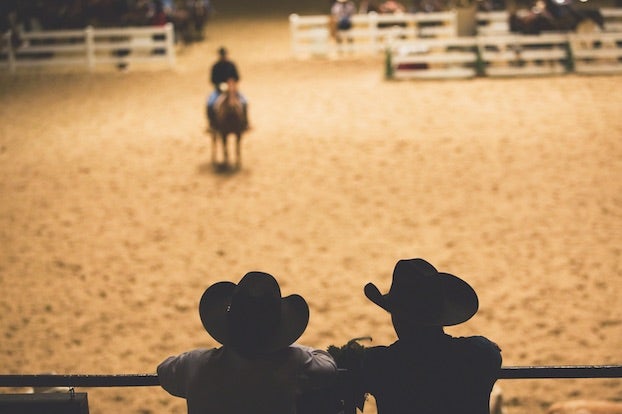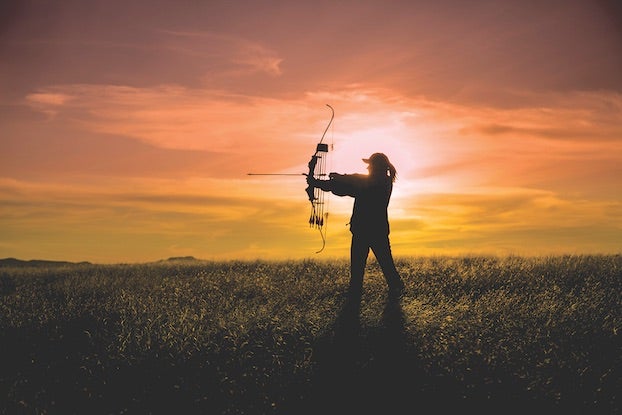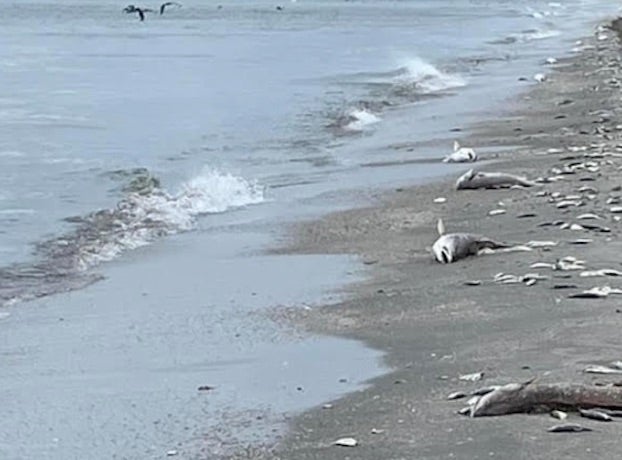Hunting could return to parts of New Orleans
Published 8:07 am Wednesday, August 7, 2013
NEW ORLEANS (AP) — Hunting could return to a big chunk of New Orleans where it has been banned since 1991.
The Department of Wildlife and Fisheries recommended the action for control of feral hogs and to allow youth waterfowl hunting on the Bayou Sauvage National Wildlife Refuge, according to a news release, and the Louisiana Wildlife and Fisheries Commission voted Tuesday to remove the restriction.
The commission banned hunting in the area when Bayou Sauvage — the nation’s largest urban wildlife refuge — was being established.
The refuge has held youth waterfowl hunts for the past two years and plans a third.
“It seems to be growing in popularity every year,” said Keith Westlake, wildlife refuge specialist for Bayou Sauvage. He said 1,100 young hunters came in 2010 and 1,132 last year.
The department secretary has had to issue an emergency order each year to allow the hunts, said Tommy Tuma, biologist director for the wildlife division’s habitat stewardship branch.
Tuma said that outside the refuge, the city government would decide whether, when and what sort of hunting would be allowed. Deer hunting is already allowed in some swamps within city limits.
It would be late December or early January before the change in state regulations could become official, Tuma said. Public comment on the action can be submitted to him until Nov. 7.
A request for comment from Mayor Mitch Landrieu’s office was not immediately returned.
Westlake said the feral hog population on the refuge is under control. Any problem requiring feral hog control in New Orleans is apparently outside the refuge, he said.
The city isn’t considering a hog season, said Tyler Gamble, spokesman for Mayor Mitch Landrieu. He said in an email Wednesday that Landrieu discussed the feral hog situation at Bayou Sauvage with state and federal wildlife officials “and learned that their efforts to control feral hog were effective in reducing the population in the region.”
Westlake said federal wildlife agents have killed 575 pigs since beginning an extensive program in May 2011 to control the destructive animals, which root up large swaths of soil. Westlake said many were trapped and then killed, and others were shot from helicopters.
The carcasses were left in the refuge. “They just become part of the soil base, I guess,” Westlake said.
Some may have been eaten by alligators.
“I haven’t personally seen it. But a lot of times, if there’s a carcass close by you’ll see the drag marks where a gator came up and dragged it back to the canal,” Westlake said.
The U.S. Fish and Wildlife Service sets hunting rules on the refuge.





